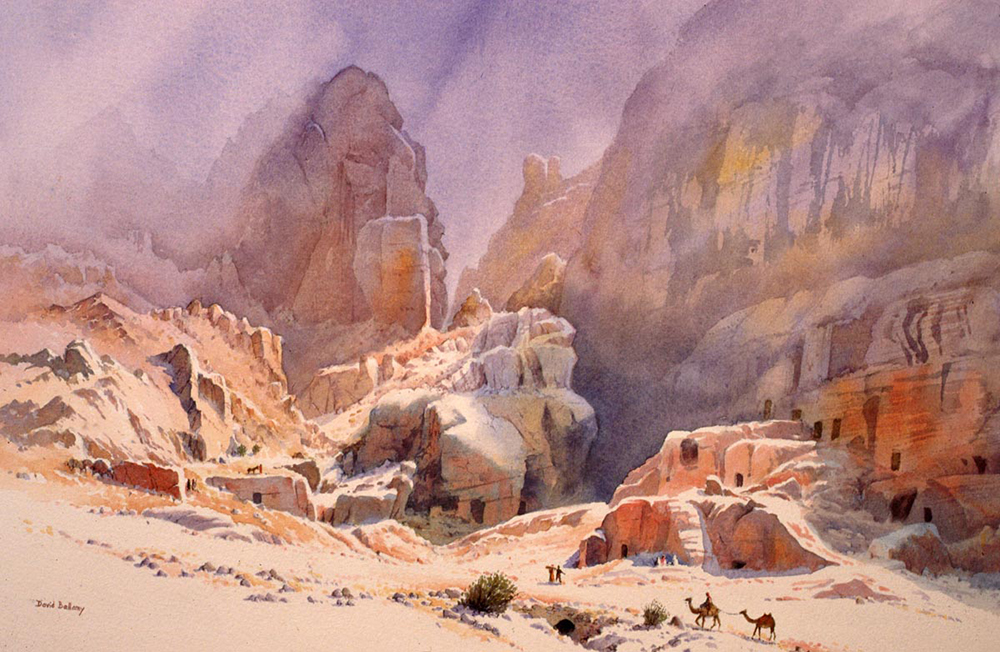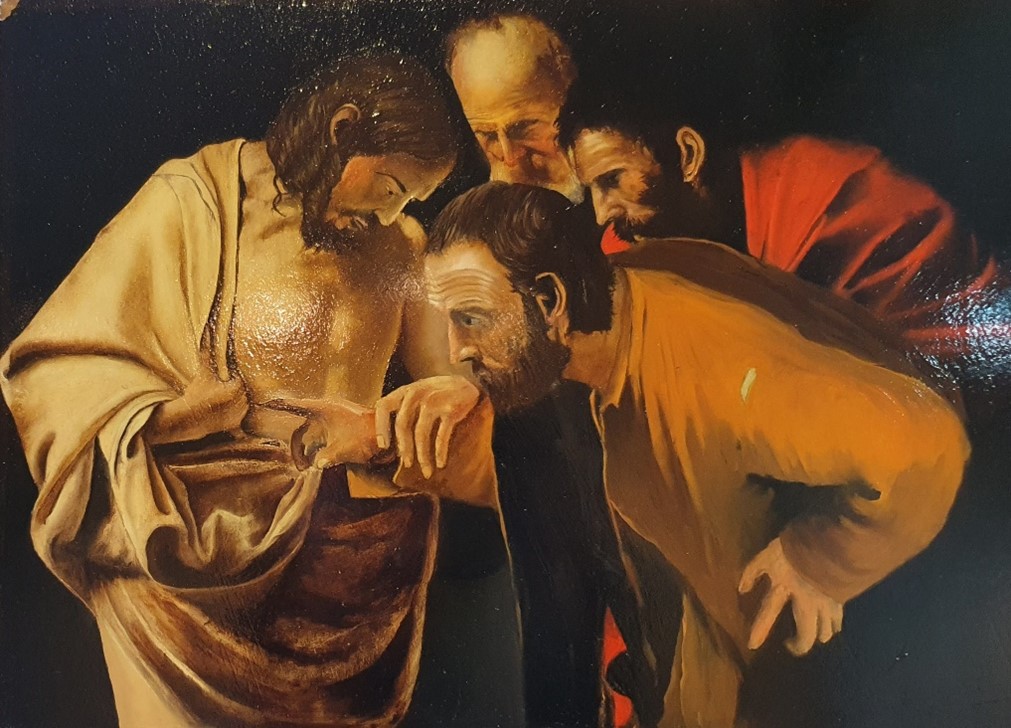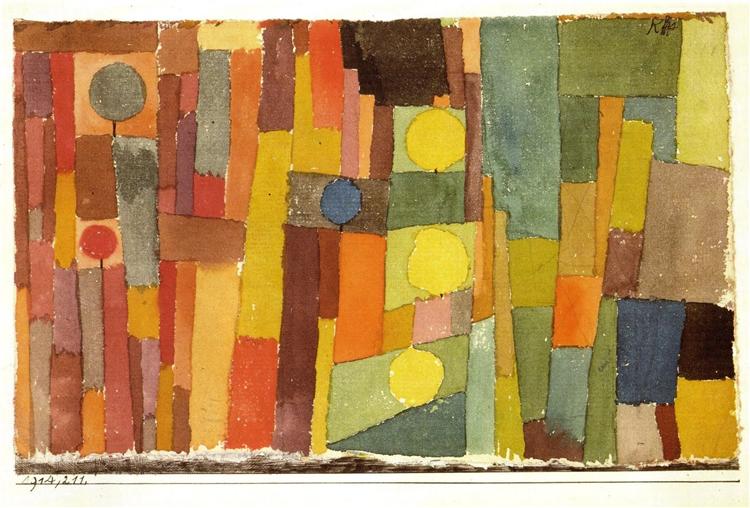The Symbolic Life of Edvard Munch
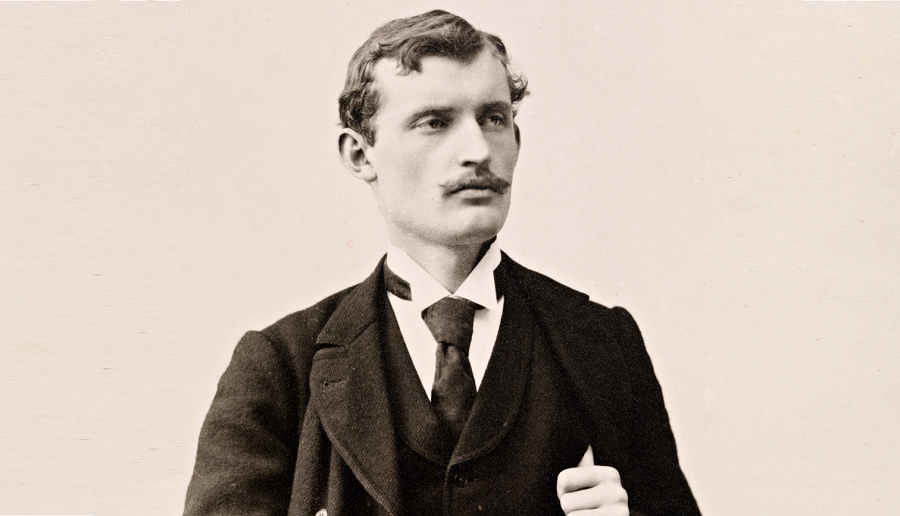
Where it all began
Edvard Munch was always destined to become an artist, with historian Peter Munch for an uncle, and artist Jacob Munch also in his family tree. Born in Oslo in 1863, he lost his mother to tuberculosis at only five years old. His father raised him, along with his siblings, but suffered with mental issues that greatly affected Munch’s childhood. When he was 14, his oldest sister also died of tuberculosis and later, another sister was also diagnosed with mental illness, so he had an enormous sense of loss and despair from a very young age.
Early career
He had little formal artistic training as a child, despite showing promise in his drawings, but eventually joined the Kristiania Bohème, an anti-establishment group of artists in his home town that believed in naturalism and free love. He got the encouragement he needed to pursue a career in art from Christian Krogh, one of the older members of the group. His early pieces reflected the theme of realism and showed a true talent, despite his lack of training.
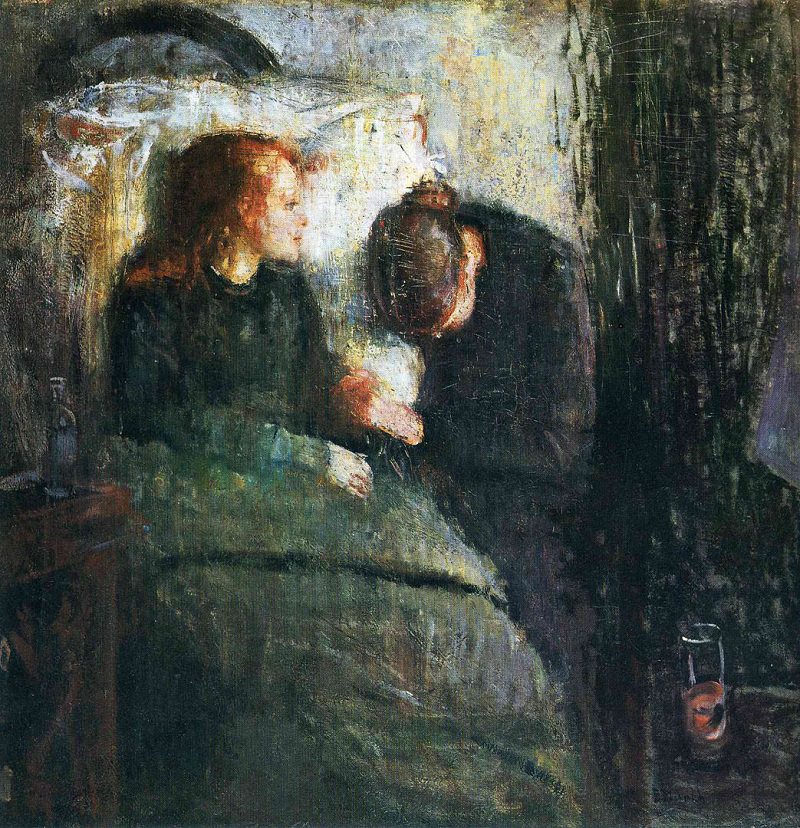
In 1885, Munch travelled to Paris, where he became inspired by the works of post-impressionist artists including Van Gogh and Gauguin. While he was there, he started painting one of his most famous pieces, The Sick Child, although it was much criticised at the time. The oil painting was created in memory of his deceased sister and featured the broad, layered brush strokes typically seen in Van Gogh’s work. He spent a long time perfecting the piece, finally finishing it almost two years later on his return to Norway.
Much of his work at this time reflected the anguish he felt in his childhood – giving him a vessel in which to channel his emotions. At the time, the art world was hugely critical of his work, but he did attract a few fans.
Symbolism
Munch soon found his own style, falling into a painting form, now known as symbolism. The idea was that the image aimed to show what was happening on the inside, rather than faithfully represent the scene. Munch rejected the use of light in his work, instead focusing on a range of themes, including love, jealousy, grief, loneliness and anxiety. He wanted people to feel his pain, instead of gazing at a pretty, two-dimensional image.
The early 1890’s were an important time for his symbolistic art. He held a number of successful exhibitions in Oslo and Copenhagen, which led to a show in Berlin. The series of six paintings were intended to depict the struggle of emotions between men and women and were collectively entitled Study for a Series: Love. The exhibition was shut down after only a week due to outrage from locals, who believed the images were too racy. The scandal helped to raise his profile and he moved to Berlin on the back of the publicity.
The Scream (Der Schrei der Natur), 1893
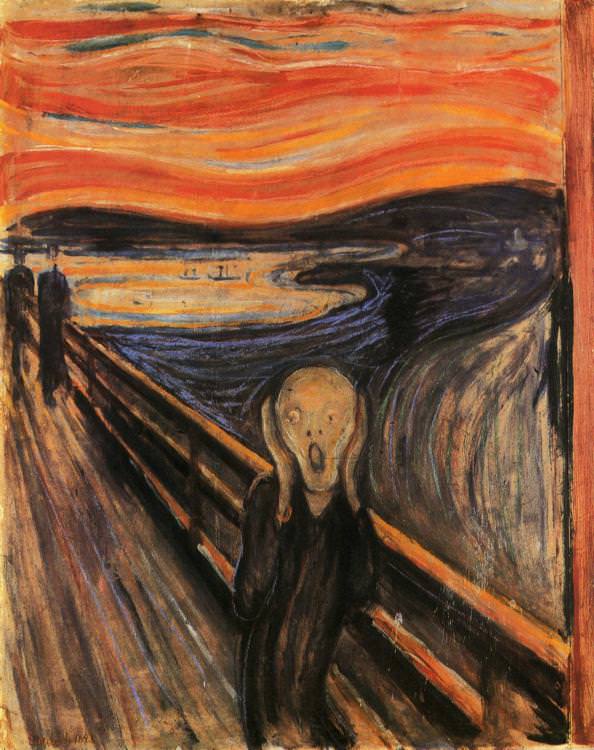
Possibly one of the most iconic paintings of our time, The Scream was intended to depict the despair of nature, a scene he imagined while out walking with friends. It triggered his anxiety as he felt the sky turn red and his friends walk off. It is thought he may have been walking back from a mental hospital after visiting his sister who was a patient there. The overwhelming emotions are instantly felt upon viewing the picture.
He actually created four versions of this picture, two with paint, two with pastels. The oil painting is in the Munch Museum in Oslo, while the others are in the hands of private collectors.
Considered to be the second most famous picture ever, all versions are constantly under threat of theft and one was actually stolen from the National Gallery in 1994. It was later recovered and one of the pastel versions has since sold for $120m.
The Scream was a huge turning point for Munch, finally gaining him some respect from art critics, who felt the painting was extremely easy to identify with in a troubled time. He started to make a lot of money from his work and even found luck in his love life. It was thought that he would marry Tulla Larsen, but when he failed to propose, she married one of his colleagues, leaving him feeling betrayed. She was a muse for many of his paintings, including The Dance of Life.
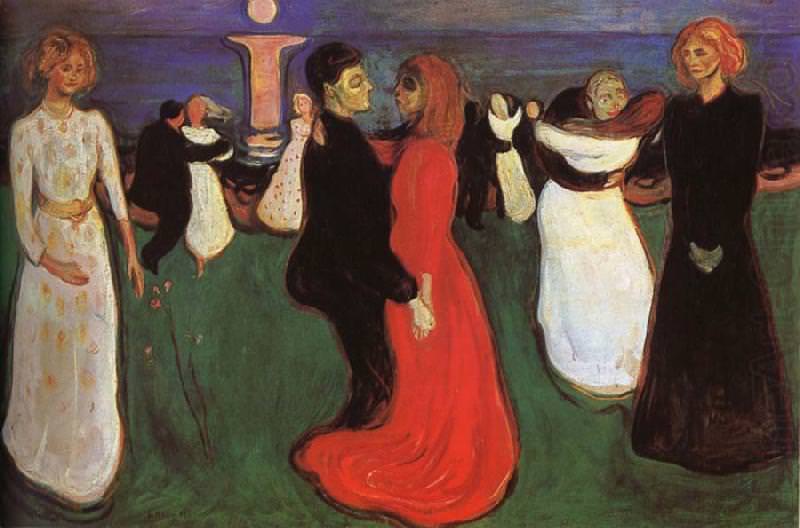
Later Works and After Death
Munch died in 1944 in Germany, where he had made his home. The Nazi’s were in control at the time and they held him a state funeral to give the impression that he had been a sympathiser of the regime. He was not and had been deeply upset at the chaos they had brought to his beloved Germany.
He donated over 1000 paintings and several other artefacts to the Norwegian government, intended for them to be given to museums and other public buildings for display. Instead, a museum was built dedicated to his work. The Munch Museum of Art is open to the public in Oslo, Norway, and houses the majority of his work, although a few pieces have been distributed elsewhere.
Sources:
- https://edvardmunch.org/
- https://munchmuseet.no/en/
- https://munchexperts.com/munch-bio.html
- https://www.theartstory.org/artist-munch-edvard.htm
- http://www.bbc.com/culture/story/20160303-what-is-the-meaning-of-the-scream
- https://www.edvardmunch.org/the-dance-of-life.jsp
- https://www.artsy.net/article/artsy-editorial-edvard-munch-expressed-anxiety-modern


